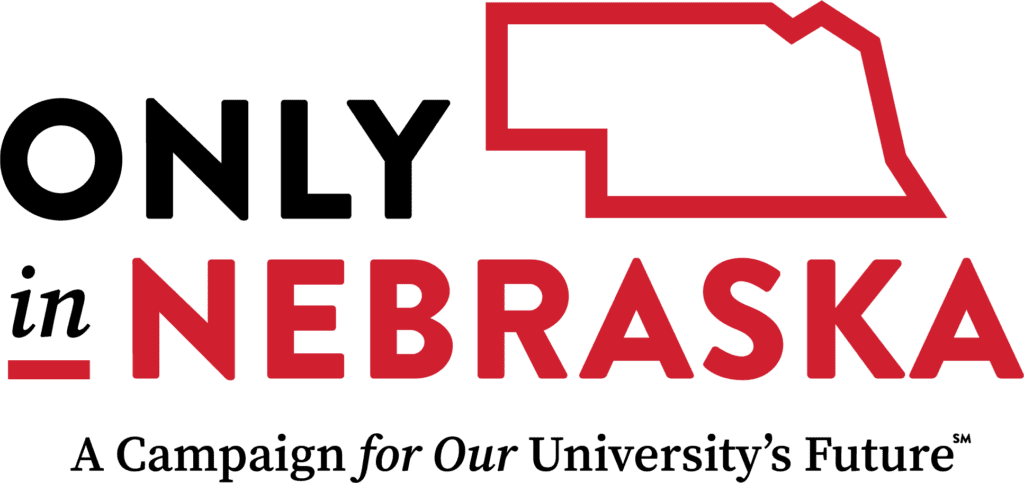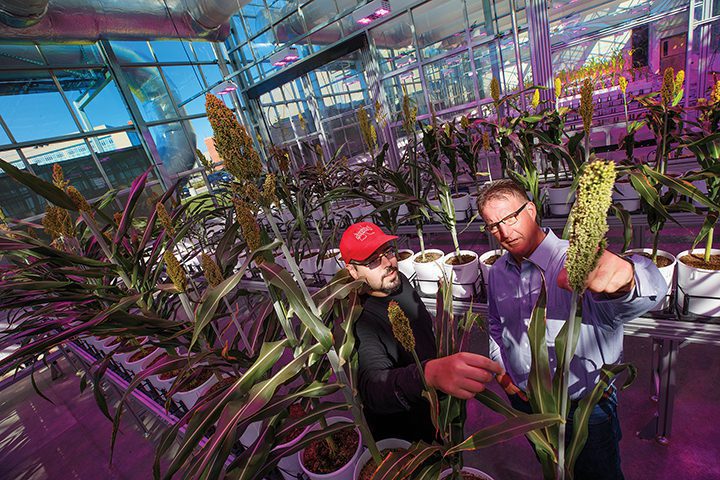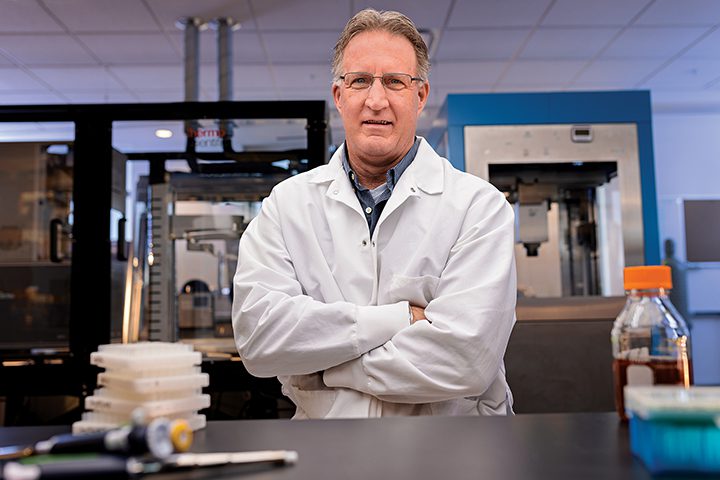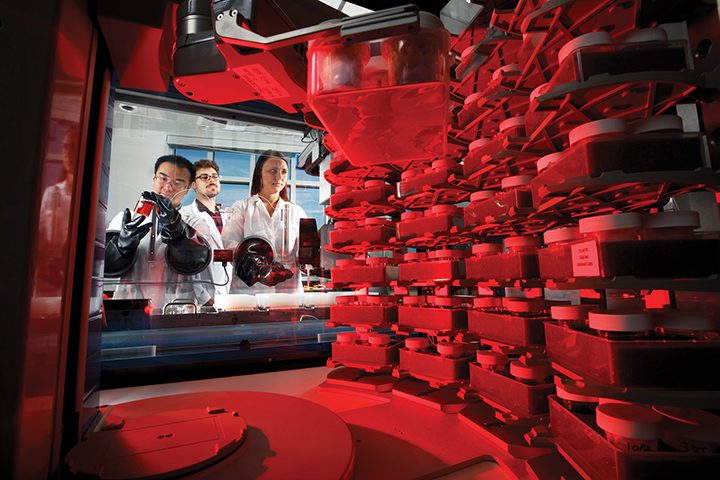We live in a microbial world. From door handles to escalator handrails and even fermented foods, we come into contact with a wide range of bacteria, viruses and fungi on a daily basis. Our bodies are also home to trillions of microbes, particularly in the colon where the numbers of microbes outnumber cells in our bodies by at least a factor of 10.
And their impact is vast. The gut microbiome — a term that encompasses the collection of microbes and their functions in an ecosystem, such as the gut— is primarily impacted by what we eat and affects everything from our digestive health to cardiovascular health, immune health and maybe even our moods. These microbes are so impactful, in fact, that some researchers consider them to be a separate organ, which shapes our metabolism, our susceptibility to allergic and inflammatory diseases and even our responses to medical treatments.
At the University of Nebraska–Lincoln, in collaboration with the University of Nebraska Medical Center, scientists are conducting extensive research of the microbiome to find the links from agriculture and food production to human wellness and the prevention of disease.
Located at the Nebraska Innovation Campus, the multidisciplinary Nebraska Food for Health Center brings together strengths in agriculture and medicine from throughout the University of Nebraska System.
The center helps develop hybrid crops and foods to improve the quality of life of those affected by feeding the gut microbes as well as the human host. The approach is aimed at reducing susceptibility to critical diseases, such as heart disease, diabetes, obesity and inflammatory bowel disease.
Recently, UNL researchers identified specific traits in sorghum that contribute to a healthy gut microbiome. This groundbreaking discovery paves the way for identifying additional traits in sorghum and other food crops that have the potential to improve human health, as well as for the emergence of new crop varieties developed with health of the microbiome and the human host in mind.








